Home>Furniture & Design>Living Room Furniture>How To Protect A Dining Table From Scratches
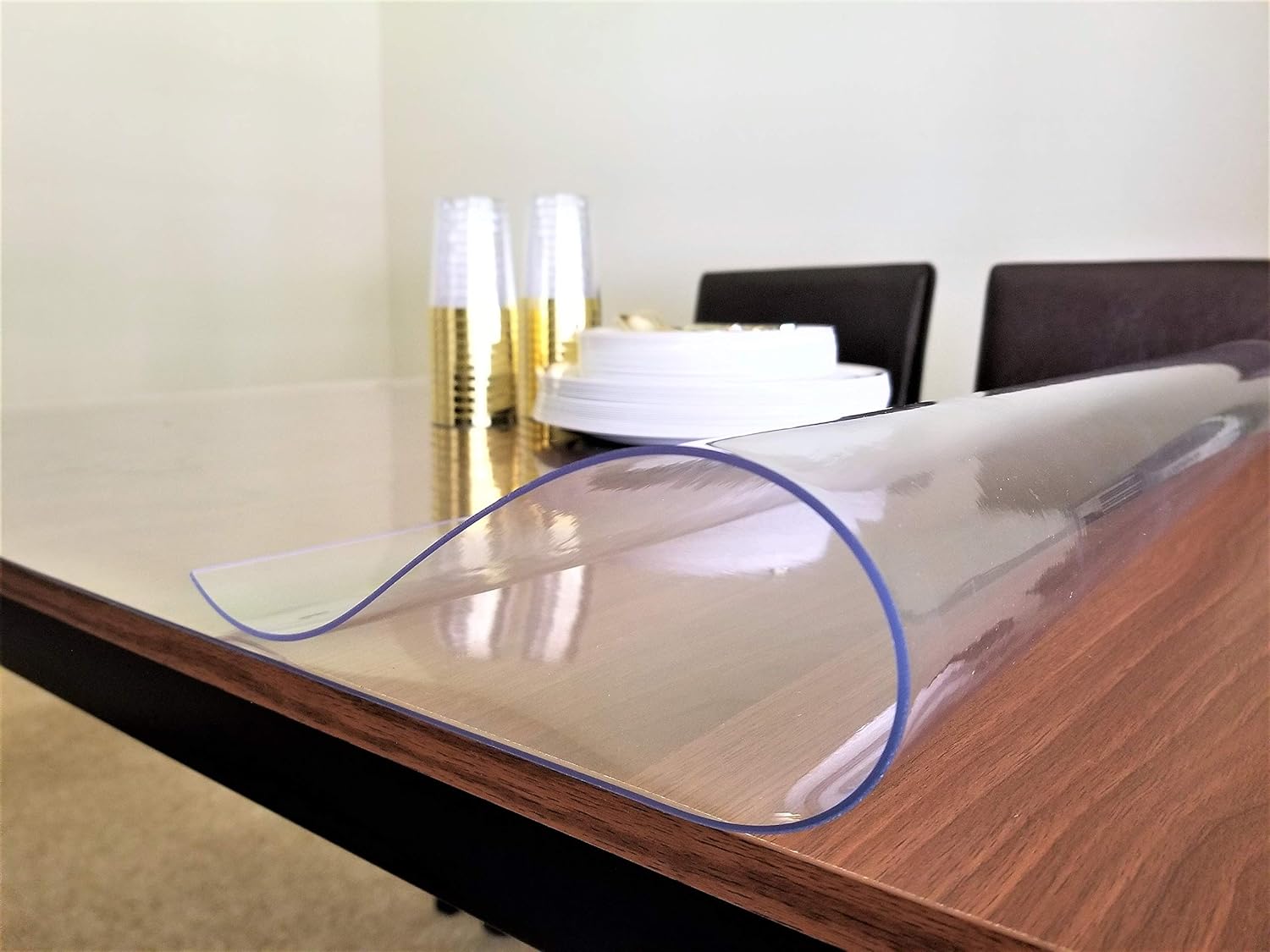

Living Room Furniture
How To Protect A Dining Table From Scratches
Modified: March 24, 2024
Learn how to protect your living room furniture and design by preventing scratches on your dining table. Discover effective tips and solutions to keep your table looking brand new.
(Many of the links in this article redirect to a specific reviewed product. Your purchase of these products through affiliate links helps to generate commission for Storables.com, at no extra cost. Learn more)
Introduction
When it comes to dining tables, they are not just a functional piece of furniture; they often serve as the focal point of a dining room, bringing together friends and family for meals and conversations. However, the wear and tear of daily use can take a toll on the table's surface, leading to unsightly scratches and blemishes. Protecting your dining table from scratches not only preserves its aesthetic appeal but also prolongs its lifespan.
In this comprehensive guide, we will explore effective strategies to safeguard your dining table from scratches, ensuring that it remains a cherished centerpiece in your home for years to come. From understanding the causes of scratches to selecting the right table cover and implementing regular maintenance practices, we will cover everything you need to know to keep your dining table looking pristine.
So, whether you have a sleek modern table or a timeless wooden one, join us as we delve into the art of safeguarding your dining table from scratches, allowing you to continue creating cherished memories around it without worrying about its appearance. Let's embark on this journey to protect and preserve the heart of your dining room.
Key Takeaways:
- Protect your dining table from scratches by using table covers, protective pads, and regular maintenance. Preserve its beauty and extend its lifespan for cherished family gatherings.
- Understand the causes of scratches and implement targeted protective measures to safeguard your dining table. Choose the right cover and utilize protective pads for effective protection.
Understanding the Causes of Scratches
Scratches on a dining table can be caused by various factors, and understanding these culprits is essential in devising an effective protection strategy. One of the primary causes of scratches is the friction generated by moving objects across the table’s surface. This can occur when placing or sliding dinnerware, glassware, or decorative items without adequate caution, leading to visible marks over time. Additionally, the presence of grit, sand, or other abrasive particles on the table’s surface can exacerbate the risk of scratches, especially when pressure is applied during everyday activities.
Furthermore, the impact of direct contact with sharp or rough objects cannot be overlooked. Whether it’s the metal edges of a serving tray or the underside of a ceramic bowl, these items can leave behind scratches when they come into contact with the table’s surface. Even seemingly harmless activities such as writing or crafting can contribute to scratches if not performed with care.
Another common cause of scratches is the exposure to excessive moisture or heat. Spills, hot serving dishes, and prolonged contact with wet items can compromise the protective finish of the table, making it more susceptible to scratches. Additionally, the accumulation of dust and debris, if not regularly removed, can act as abrasive agents, gradually marring the table’s surface.
By gaining insight into the various factors that contribute to scratches, you can proactively address these issues and implement targeted protective measures to safeguard your dining table. In the following sections, we will explore effective strategies to mitigate these risks and preserve the pristine appearance of your table.
Choosing the Right Table Cover
One of the most effective ways to protect your dining table from scratches is by using a suitable table cover. The market offers a diverse range of protective coverings, each designed to cater to specific needs and preferences. When selecting a table cover, it’s essential to consider the material, size, and functionality to ensure optimal protection without compromising the table’s aesthetic appeal.
Tablecloths: A classic and versatile option, tablecloths not only add a touch of elegance to your dining table but also provide a protective layer against scratches. Opt for high-quality tablecloths made from durable fabrics such as cotton, linen, or polyester blends, as these materials offer enhanced resistance to wear and tear. Additionally, consider the dimensions of your table to ensure a proper fit, and choose a tablecloth that complements your dining room decor while offering practical protection.
Placemats and Table Runners: Placemats and table runners are excellent choices for safeguarding specific areas of the table, such as individual place settings or the central runner. These accessories not only prevent scratches but also add visual interest to the table. Look for placemats and runners crafted from materials like bamboo, vinyl, or fabric with protective coatings, as these options offer durability and easy maintenance.
Customized Protective Pads: For a tailored approach to table protection, consider investing in customized protective pads designed to fit the exact dimensions of your dining table. These pads, often made from materials like felt, vinyl, or padded fabric, provide a cushioned barrier against scratches and impacts. Additionally, they offer the flexibility to cover the entire table or specific sections based on your usage patterns.
When choosing a table cover, prioritize functionality, durability, and ease of maintenance. By selecting the right table cover that aligns with your lifestyle and aesthetic preferences, you can effectively shield your dining table from scratches while enhancing its visual appeal.
Use placemats or tablecloths to protect the surface. Place felt pads under decorative items and coasters under drinks. Regularly clean and polish the table to prevent scratches.
Using Protective Pads and Mats
Protective pads and mats are invaluable assets in safeguarding your dining table from scratches, dents, and heat damage. These practical accessories offer targeted protection while seamlessly integrating into your dining room decor. Whether you have a wooden, glass, or marble table, there are specialized pads and mats designed to cater to the unique requirements of each surface.
Felt Pads: Felt pads are a popular choice for shielding the underside of items that come into contact with the table’s surface. Whether it’s the legs of chairs, decorative accents, or serving trays, affixing felt pads to these objects can mitigate the risk of scratches caused by friction. These pads are available in various sizes and shapes, allowing for versatile application across different furniture pieces.
Heat-Resistant Mats: When serving hot dishes or placing heated cookware on the dining table, heat-resistant mats offer an effective barrier against potential damage. These mats, often crafted from silicone, cork, or heat-resistant fabric, provide insulation and protection, ensuring that the table’s surface remains unscathed by heat exposure.
Clear Desk Pads: Clear desk pads are ideal for preserving the pristine appearance of glass or acrylic dining tables. These transparent protective mats not only shield the table from scratches and spills but also allow its natural beauty to shine through. Additionally, they offer a smooth writing surface and are easy to clean, making them a practical and aesthetic choice for maintaining your table’s integrity.
Non-Slip Mats: Non-slip mats serve a dual purpose by preventing items from shifting on the table while providing a protective layer. These mats, often made from rubber or silicone, offer stability and cushioning, reducing the risk of scratches caused by movement or accidental impacts during meals and gatherings.
By incorporating protective pads and mats into your dining table maintenance routine, you can proactively mitigate the risk of scratches while enhancing the longevity and visual appeal of your cherished furniture piece.
Regular Maintenance and Cleaning
Maintaining a scratch-free dining table involves regular care and cleaning practices that not only preserve its appearance but also protect it from potential damage. By integrating simple yet effective maintenance routines into your lifestyle, you can ensure that your table remains in optimal condition for years to come.
Gentle Cleaning: Regularly dusting your dining table with a soft, microfiber cloth helps remove abrasive particles and prevents them from causing scratches. Avoid using rough or abrasive materials during cleaning, as they can compromise the table’s protective finish. For stubborn stains or spills, use a mild cleaning solution specifically formulated for the table’s material, and always follow the manufacturer’s guidelines for cleaning and maintenance.
Protective Coatings: Consider applying protective coatings or polishes designed for your table’s specific material. These coatings create a resilient barrier against scratches, moisture, and heat, prolonging the table’s longevity and enhancing its resistance to wear and tear. However, it’s crucial to choose products that are compatible with the table’s finish and to follow the application instructions meticulously.
Preventative Measures: Encourage the use of coasters, trivets, and placemats to minimize direct contact between hot dishes, beverage glasses, and serving items and the table’s surface. Educate family members and guests about the importance of using these protective accessories to prevent scratches and heat damage. Additionally, consider implementing guidelines for handling and moving objects on the table to reduce the risk of accidental scratches.
Regular Inspections: Periodically inspect the table for any signs of wear, scratches, or areas that may require attention. Promptly addressing minor scratches or imperfections can prevent them from worsening over time. By staying vigilant and proactive, you can address potential issues before they escalate, preserving the table’s pristine appearance.
Seasonal Care: Depending on the material of your dining table, consider seasonal care practices to combat environmental factors. For example, wooden tables may require occasional conditioning to maintain their luster and resilience, while glass tables may benefit from specialized glass cleaners and polishing techniques to remove smudges and maintain clarity.
By incorporating these maintenance and cleaning practices into your routine, you can proactively protect your dining table from scratches and ensure that it continues to be a source of pride and enjoyment in your home.
Read more: How To Fix Scratches On A Dining Table
Conclusion
Protecting your dining table from scratches is not merely a matter of preserving its physical appearance; it’s a testament to the care and consideration you invest in maintaining a cherished centerpiece of your home. By understanding the causes of scratches and implementing targeted protective measures, you can safeguard your table while enhancing its longevity and visual appeal.
From choosing the right table cover to utilizing protective pads and mats, each strategy plays a pivotal role in mitigating the risk of scratches and preserving the table’s pristine condition. Whether you opt for classic tablecloths, customized protective pads, or transparent desk mats, the key lies in aligning your protective measures with the specific needs and characteristics of your dining table.
Additionally, regular maintenance and cleaning practices form the cornerstone of a holistic approach to table protection. By incorporating gentle cleaning routines, applying protective coatings, and promoting preventative measures, you can proactively combat the factors that contribute to scratches, ensuring that your table remains a symbol of elegance and functionality in your dining space.
As you embark on the journey of safeguarding your dining table, remember that each scratch prevented is a testament to the memories and moments shared around it. By prioritizing its care and protection, you not only preserve its physical beauty but also honor the significance it holds as a gathering place for laughter, conversations, and cherished meals.
So, whether you have a rustic farmhouse table that has witnessed generations of family gatherings or a sleek modern table that sets the stage for contemporary celebrations, the art of protecting your dining table from scratches is a timeless investment in the heart of your home.
By embracing these strategies and infusing your care with love and attention, you can ensure that your dining table continues to be a source of joy, comfort, and connection for years to come.
Frequently Asked Questions about How To Protect A Dining Table From Scratches
Was this page helpful?
At Storables.com, we guarantee accurate and reliable information. Our content, validated by Expert Board Contributors, is crafted following stringent Editorial Policies. We're committed to providing you with well-researched, expert-backed insights for all your informational needs.
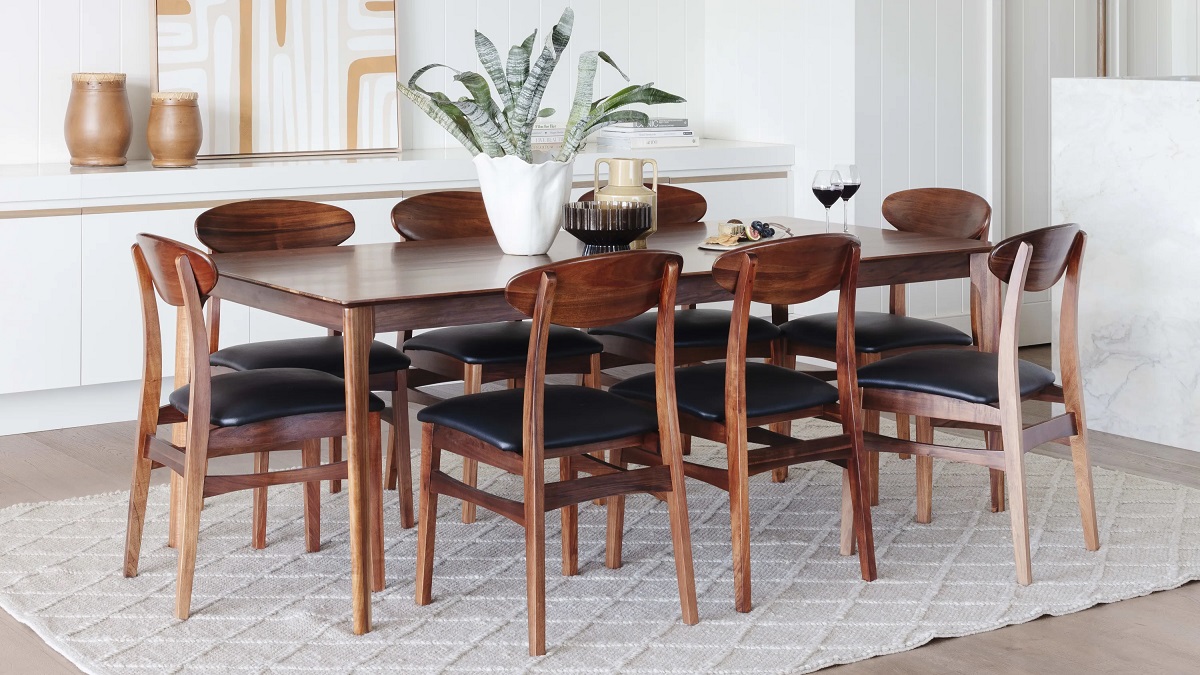
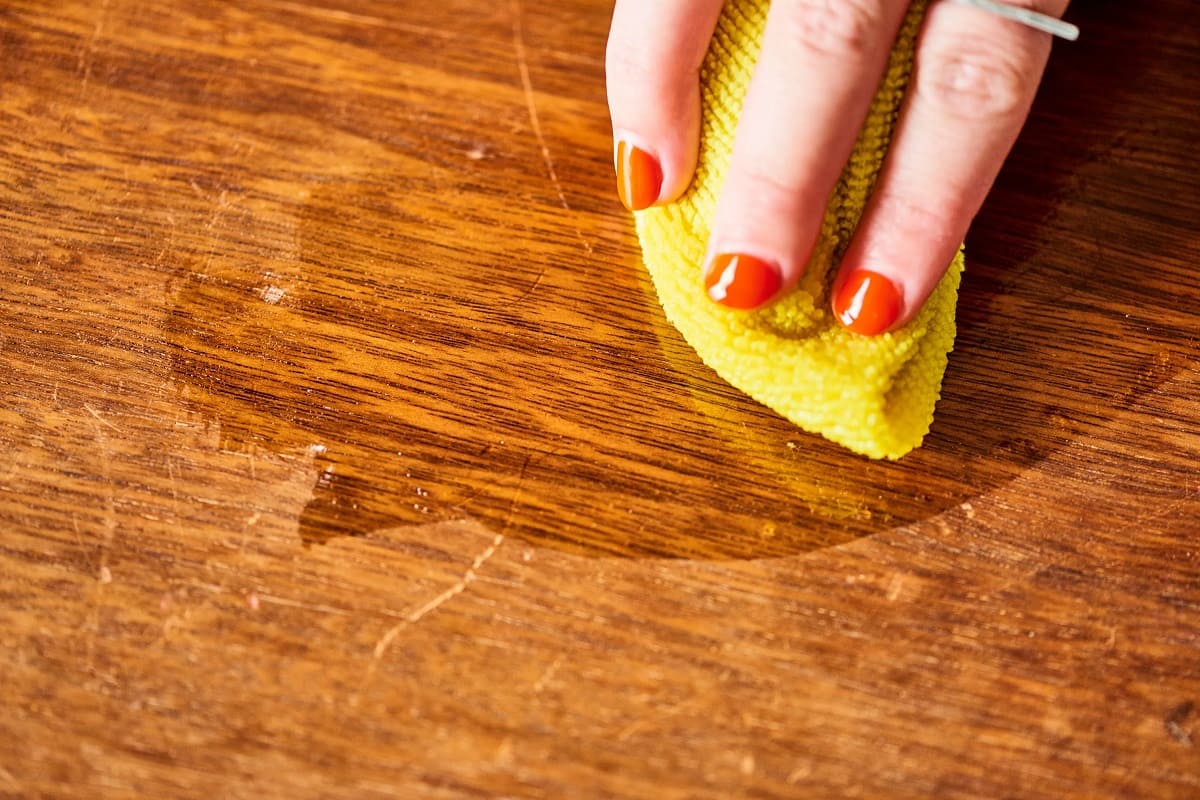
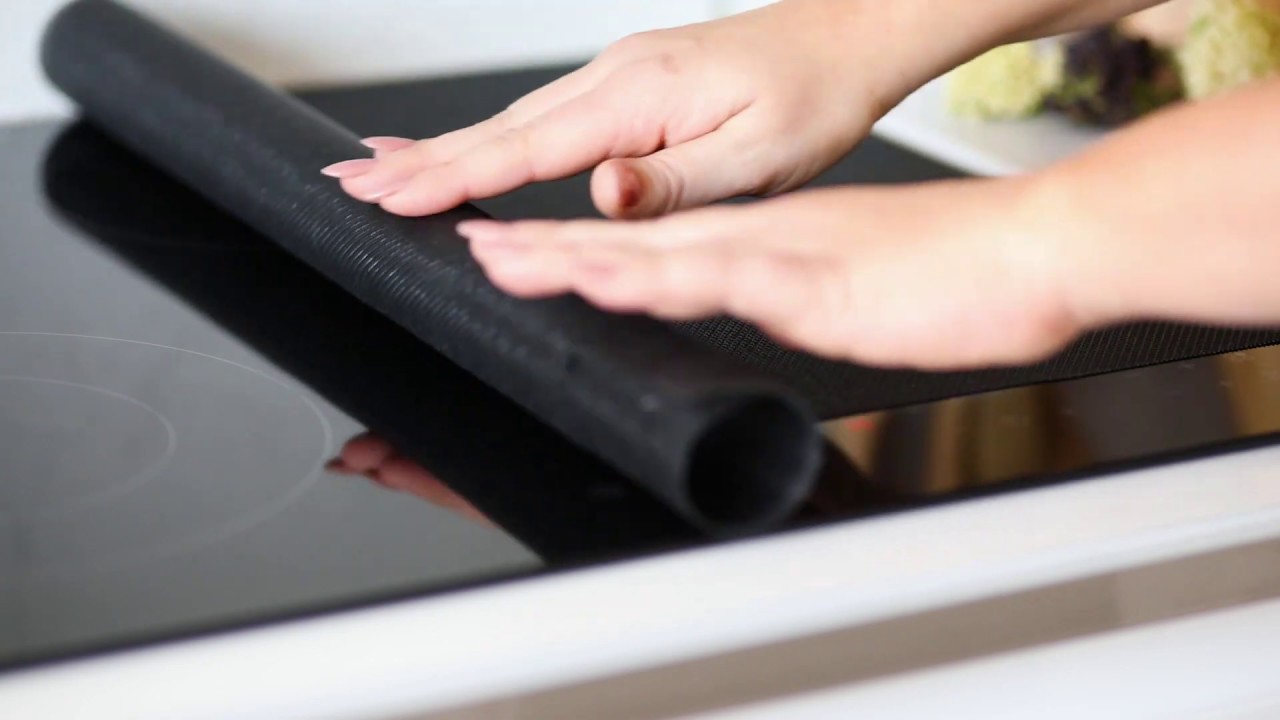
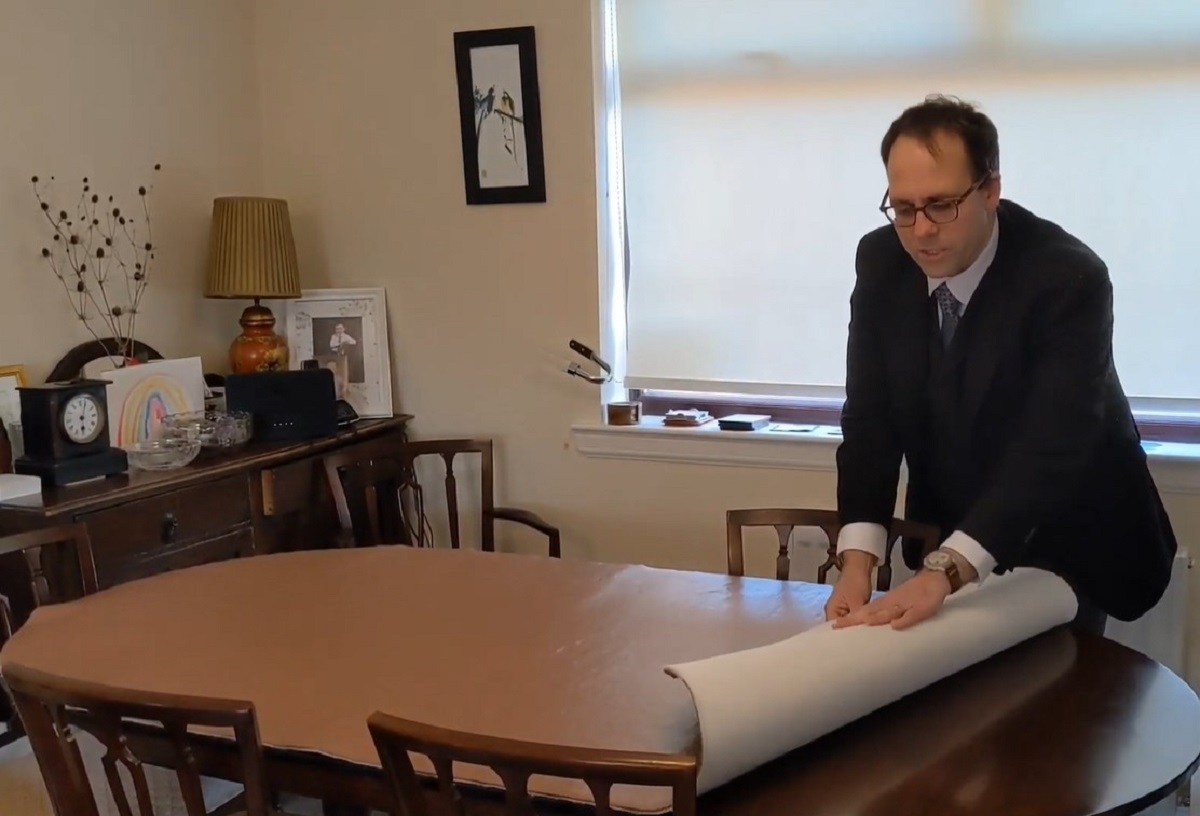
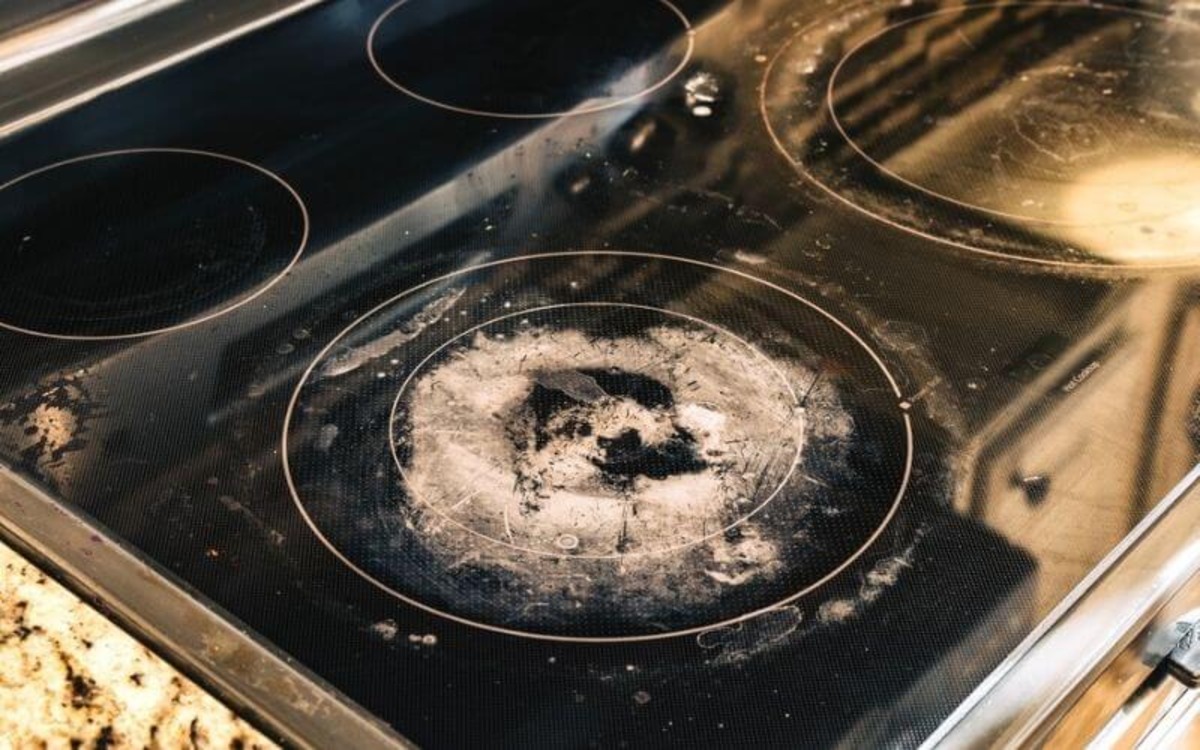
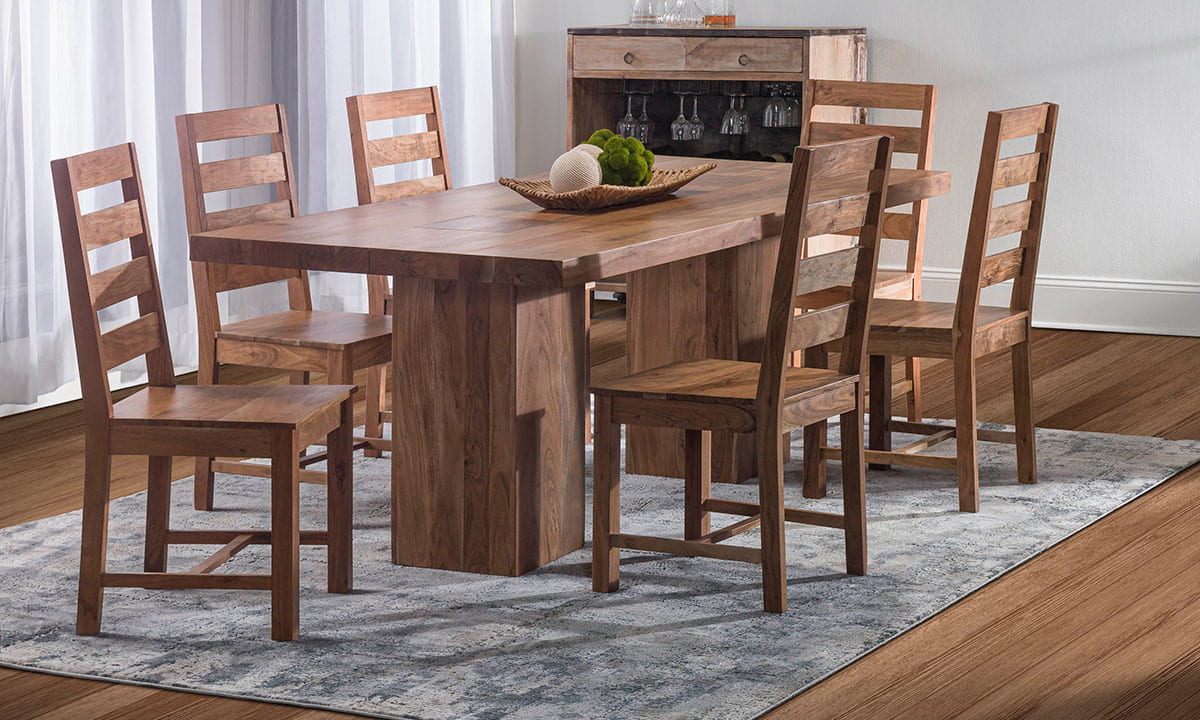
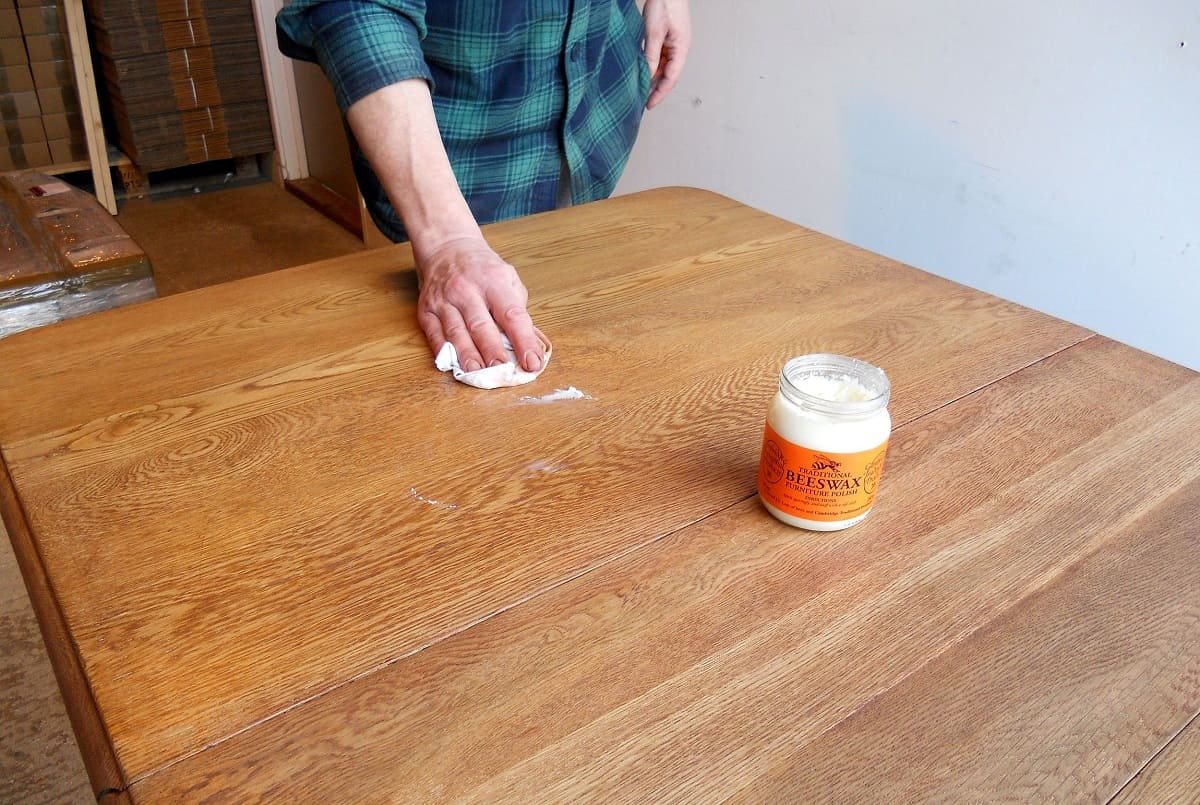
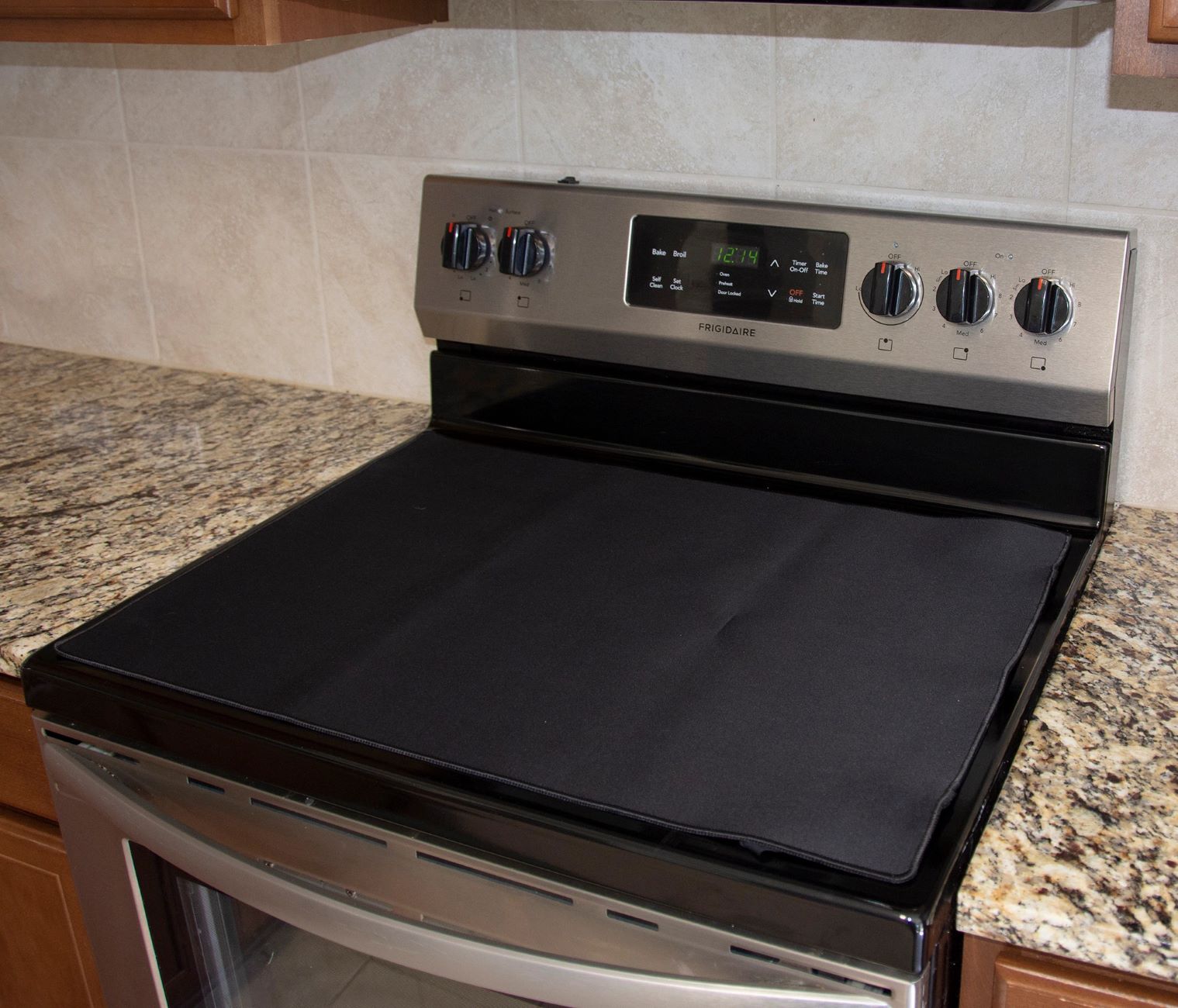
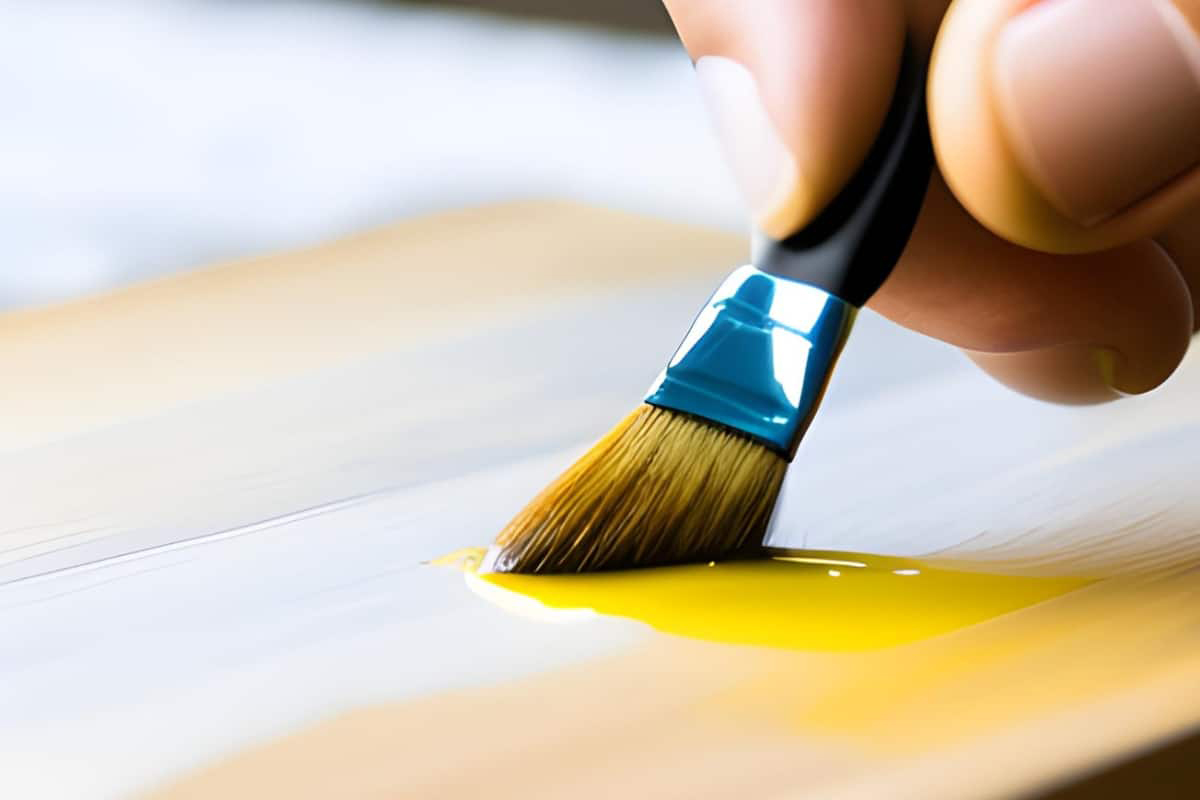
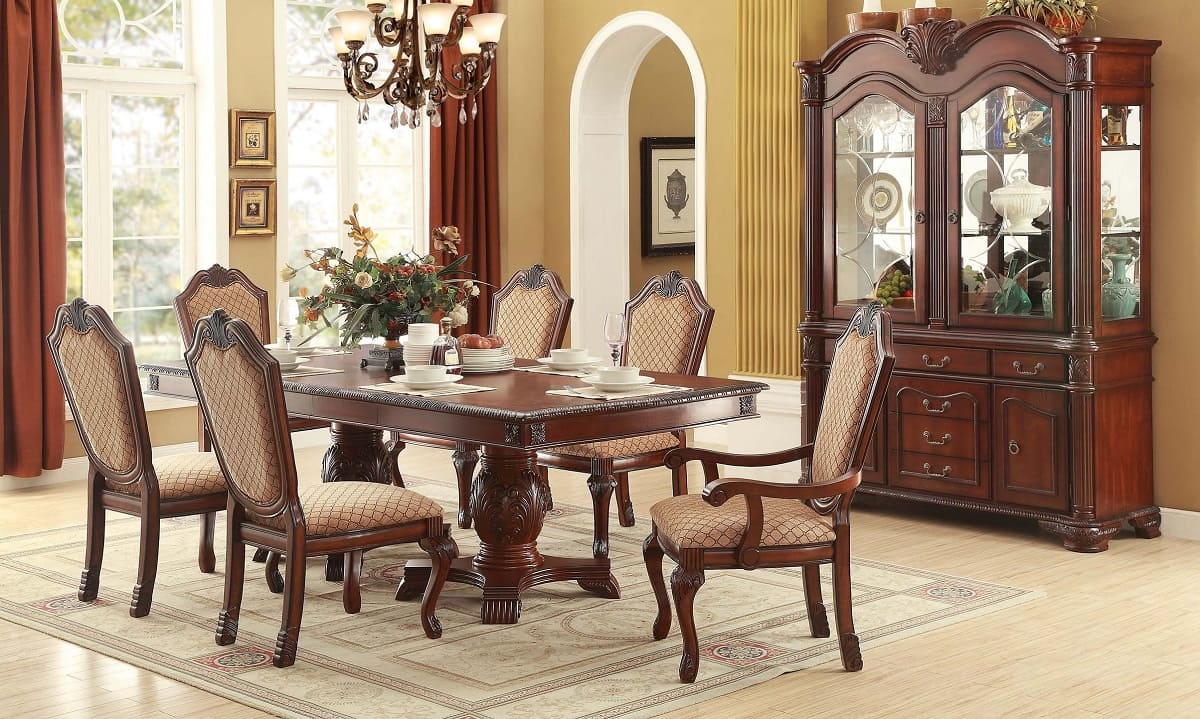
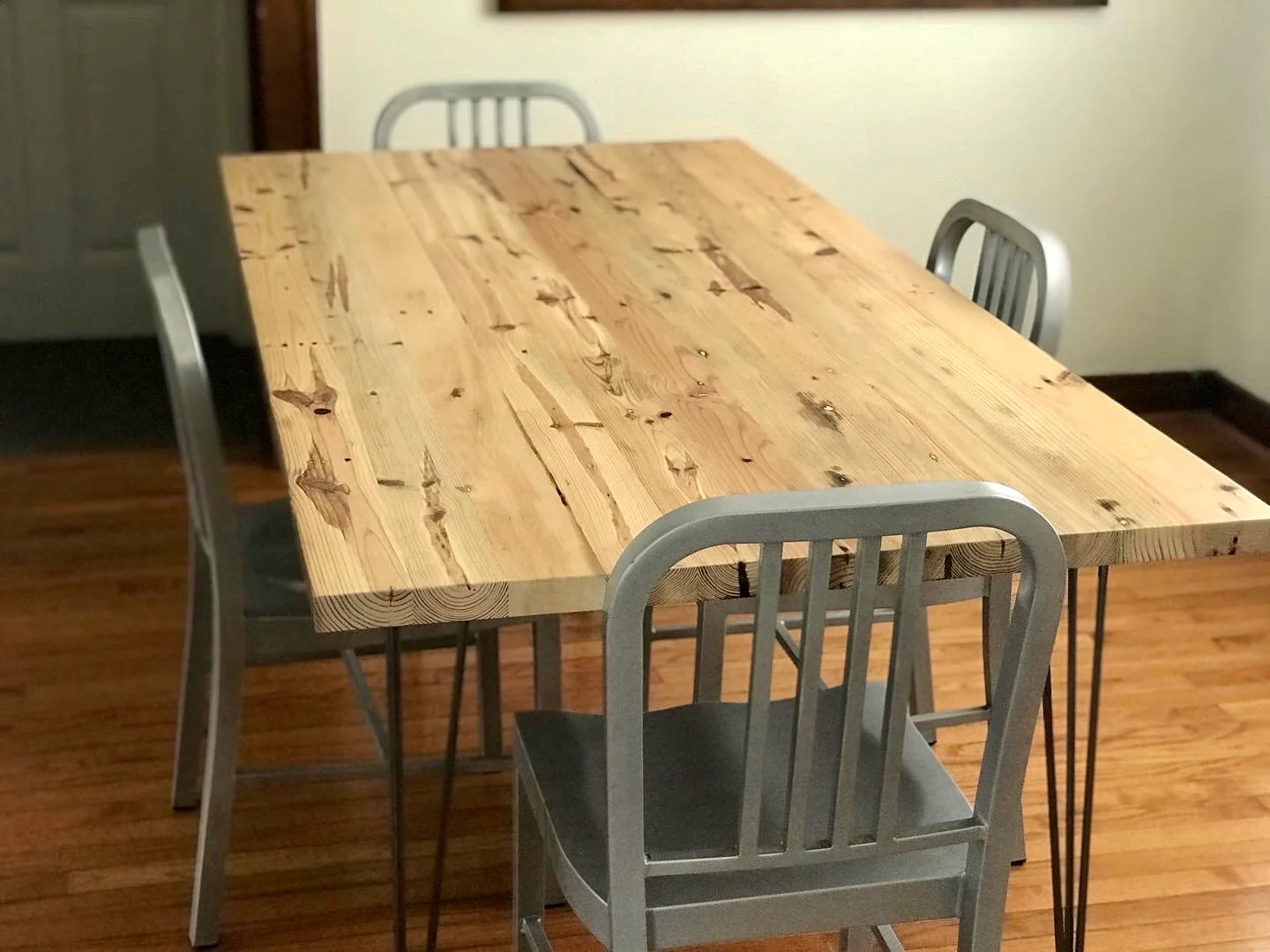
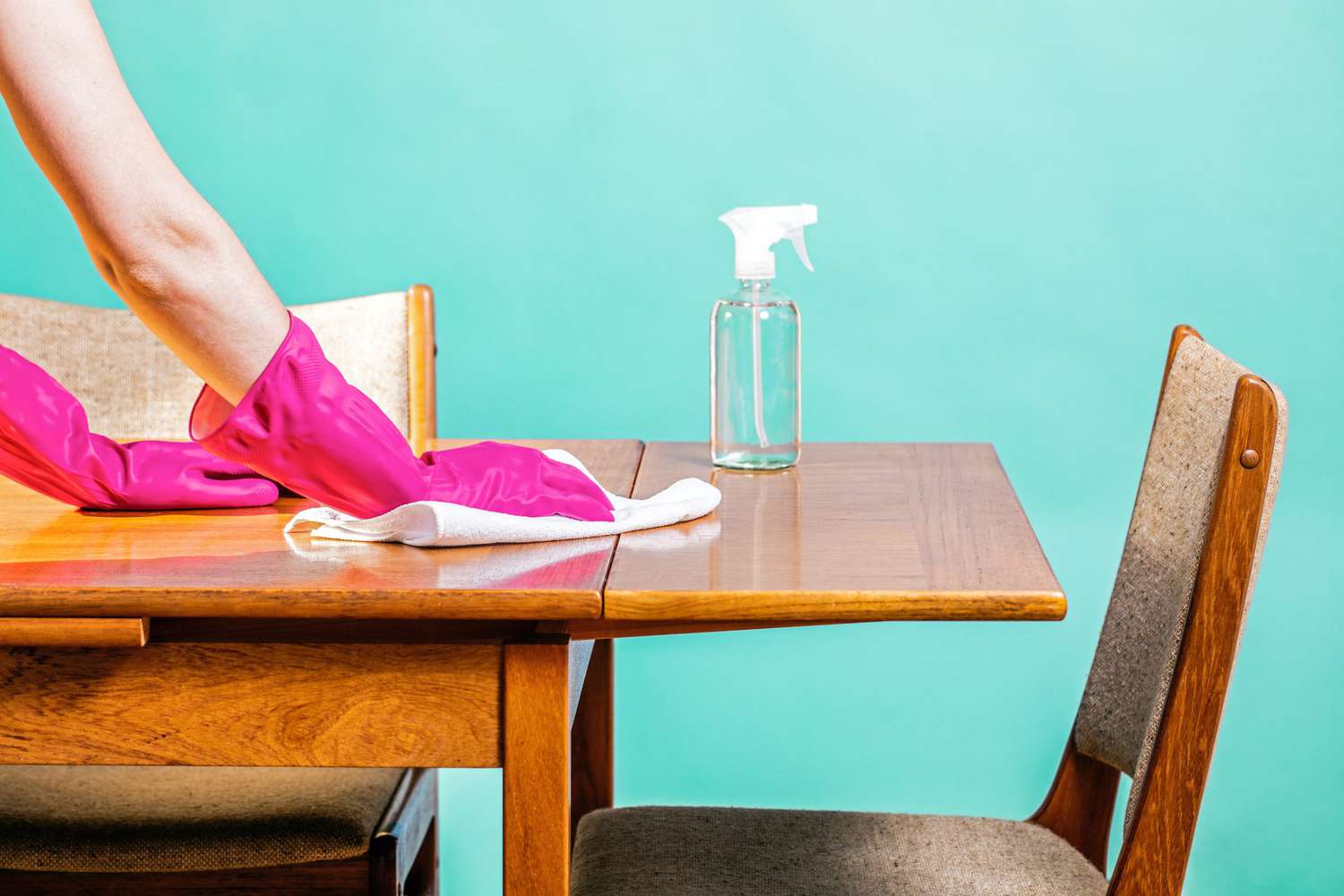
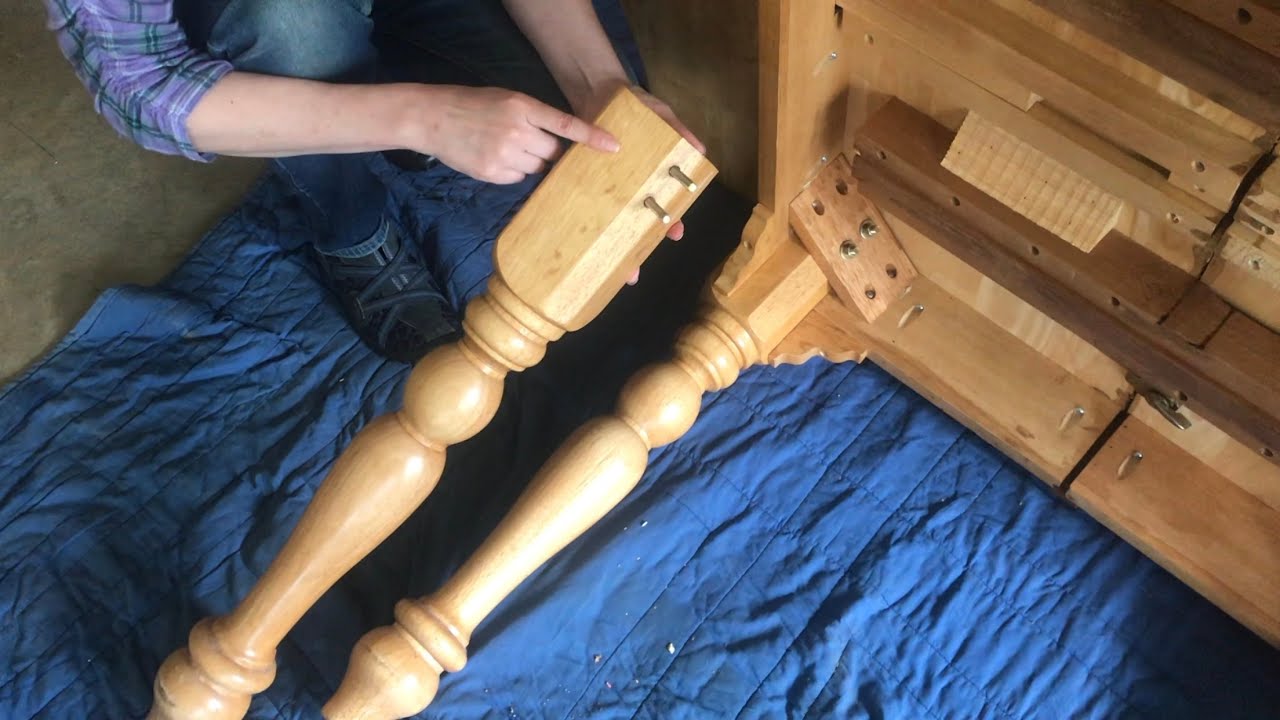
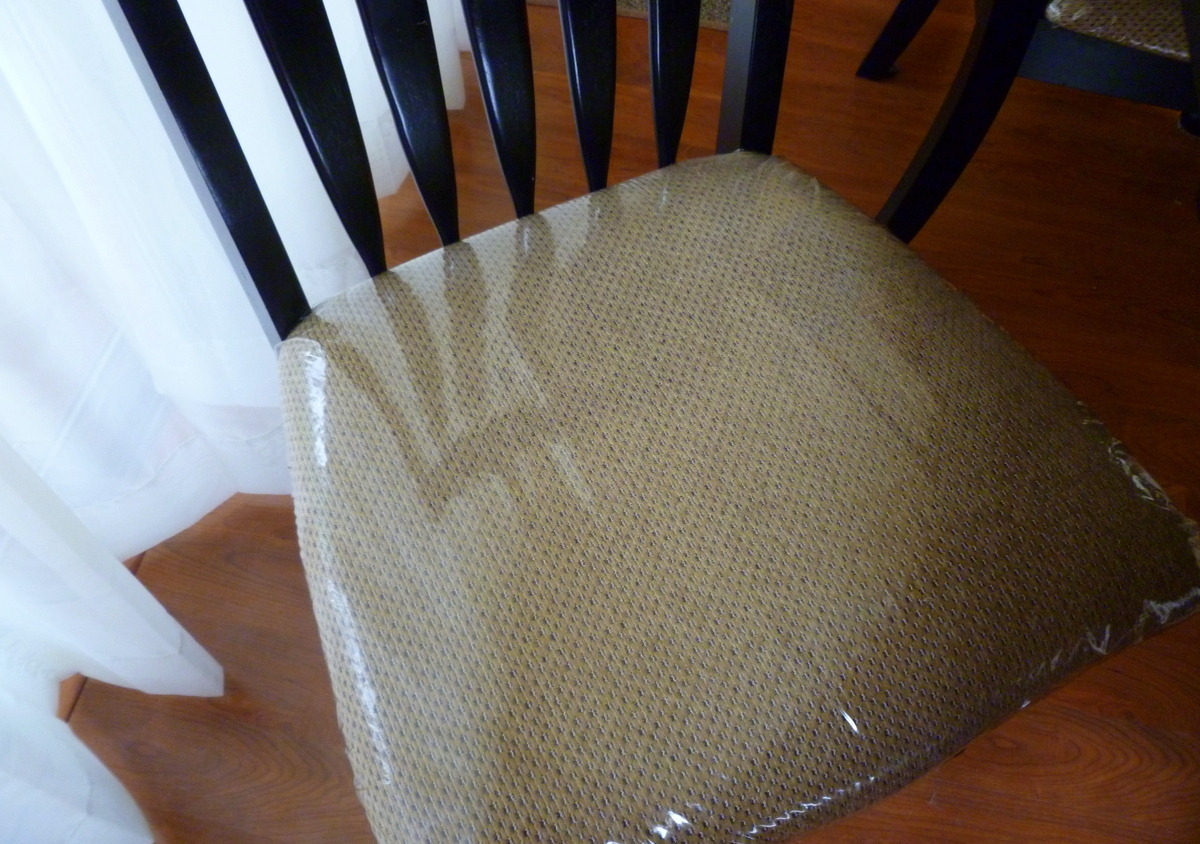

0 thoughts on “How To Protect A Dining Table From Scratches”